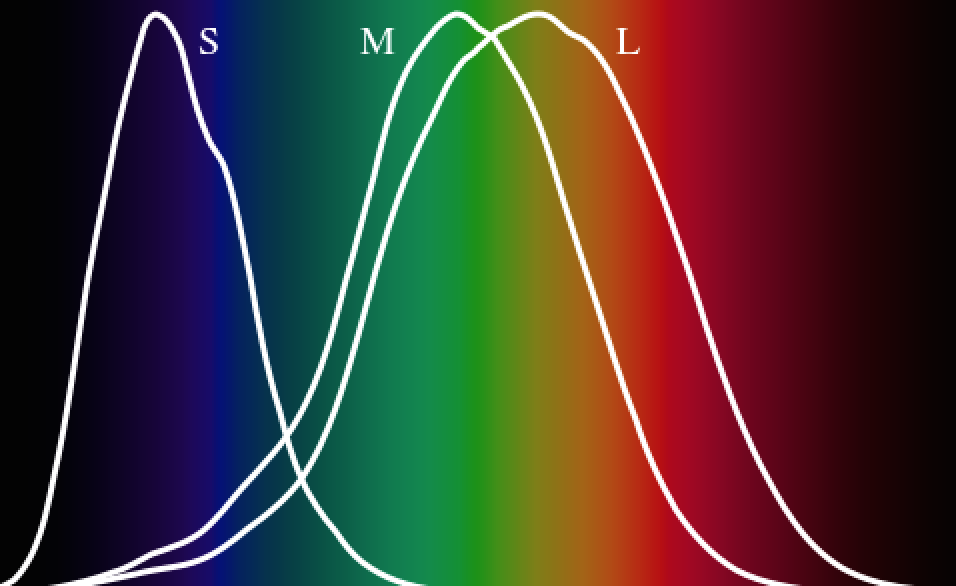Grass is always green, and roses always red. Or so people like to think. Recent research contradicts this notion, highlighting that human perception of colors can change.
Lauren Welbourne, a Ph.D. student in psychology at the University of York in the UK, has found that human color perception is influenced by the seasons.
In Welbourne’s study, participants were tested once in the summer and again in the winter. Each time, subjects were instructed to adjust a monochromatic field until it was unique green or unique yellow, and the wavelengths of the colors were recorded. The research team found that, though there was little significant evidence for a shift in wavelength for green, yellow was perceived to be at higher wavelengths in the winter than in the summer.
This seasonal change in perception could be explained by the relative sensitivity of cones in the retina depending on ambient colors. Cones are cells responsible for registering color. Humans are able to identify four unique, unmixed hues — blue, green, yellow, and red — because of specialized cones in the retina. These S, M, and L cones refer to short, medium, and long wavelengths of light. The relative abundances of L- and M-cones differ from person to person, affecting the way each individual perceives color. It turns out that factors such as this variability in the abundances of L- and M-cones impact the perception of certain colors.
The team believes that the shift in the way unique yellow is perceived could result from the increase in greenery and vegetation in the summer. “This means that the color-sensitive cells in our eyes that respond most to ‘green’ are, on average, receiving different levels of activation between the seasons,” Welbourne said. The increase in green light (which is of medium wavelength) reflected from summer vegetation increases the activation of M-cones relative to L-cones but decreases the sensitivity of M- to L-cone outputs in the summer.
Welbourne describes this normalization process as akin to adjusting the color balance on one’s TV or computer monitor. For example, upon placing a computer in a room with warm, yellow light, one might adjust the color balance towards a more yellow tint in order to match the environment. But the human eye has evolved to do this automatically.
This research project was inspired by a prior study using colored lenses, which found that unique yellow shifted once subjects acclimated to the artificially modified environment. “We wanted to see whether the same changes in unique yellow could be observed in response to natural changes in the environment, such as between seasons [in the North of England],” Welbourne said.
“At this stage we can’t predict what implications this might have for individuals or technology, but it gives us further insight into visual processing,” she added. Looking to the future, she hopes to conduct further studies in different locations to see how the magnitude of this effect changes based on seasonal similarity.
Cover Image: The response spectra and peak wavelengths of the S, M, and L cones in the retina, each of which helps us distinguish different wavelengths of visible light. Image courtesy of Wikimedia.

